
How to Fix the Inaccessible Boot Device Error
Usually, when receiving the blue screen error in Windows 10, it’s due to the inaccessible boot device error. This error usually happens when an operating system fails to load correctly. So what causes loading issues in the first place?
The article below will go over the leading causes and solutions to the inaccessible boot device error in Windows 10
Recommended: To easily install drivers automatically, use the tool below.
Uninstall Recently Installed Packages
Most inaccessible bot device errors could be anything from a damaged hard disc, corrupted drivers, incompatible system update, or potential virus/malware attack leading to an inaccessible boot device error in windows. If a recent update package is the real cause of the error, open the command prompt to deal with the boot device error. Here are the steps to follow:
Step 1: Boot the device to launch the startup repair window. Restart the device and follow the boot procedure. Window startup can be reached via the update and security option in windows settings. In the update and security window, select recovery, followed by clicking restart now.

Step 2: In the startup repair menu, click the troubleshoot option and select advanced options in the troubleshooting menu.

Step 3: In the window for options of advanced options, click on the option of command prompt.

Step 4: As the command prompt launches, type dir c and click enter. Type Dism / Image: C:\/ Get-Packages in the following line and click enter to continue. It will launch a window showing all packages installed.
Step 5: Now type dism.exe /image:c:\ /remove-package /[package name] and click enter to complete the action. It will uninstall the latest installed package. Reboot the device to check if the error persists or not.

Update Device Drivers if You Recieve the Inaccessible Boot Device Error
An error like an inaccessible boot device may also result from outdated drivers. Hence, to fix the inaccessible boot device issue, updating the drivers installed on the device can help to resolve the boot error. Here are the steps to follow:
Step 1: In the search bar of the windows main menu, type device manager and double-click the option to launch it.

Step 2: Check the attached and running devices list in the device manager window. Right-click the device and select update driver from the context menu.

Step 3: In the update driver window, select search automatically for drivers. This will initiate searching for any available update linked to the device and its drivers. If no update is available, select the search option for updated drivers in the windows update option.
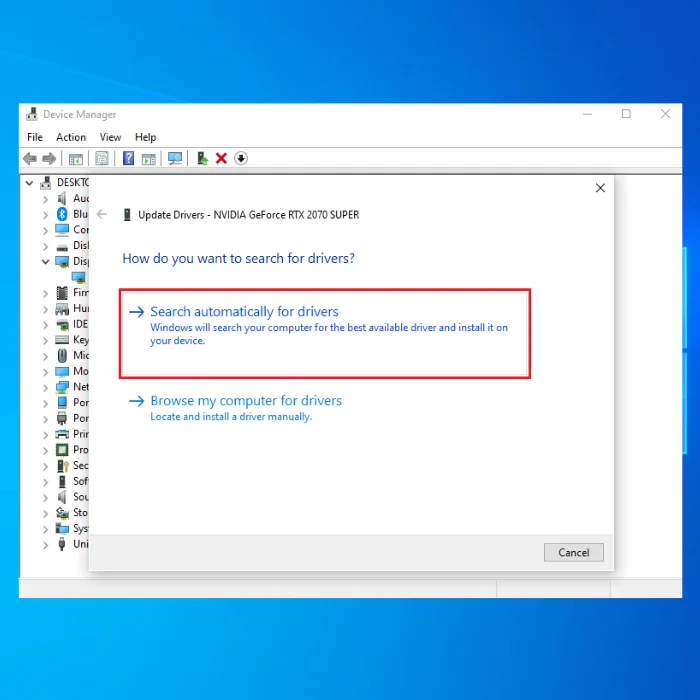
Step 4: In the windows update window, select check for updates. If the window is updated, then select the driver’s update section. Check the options and choose the option of download and install.
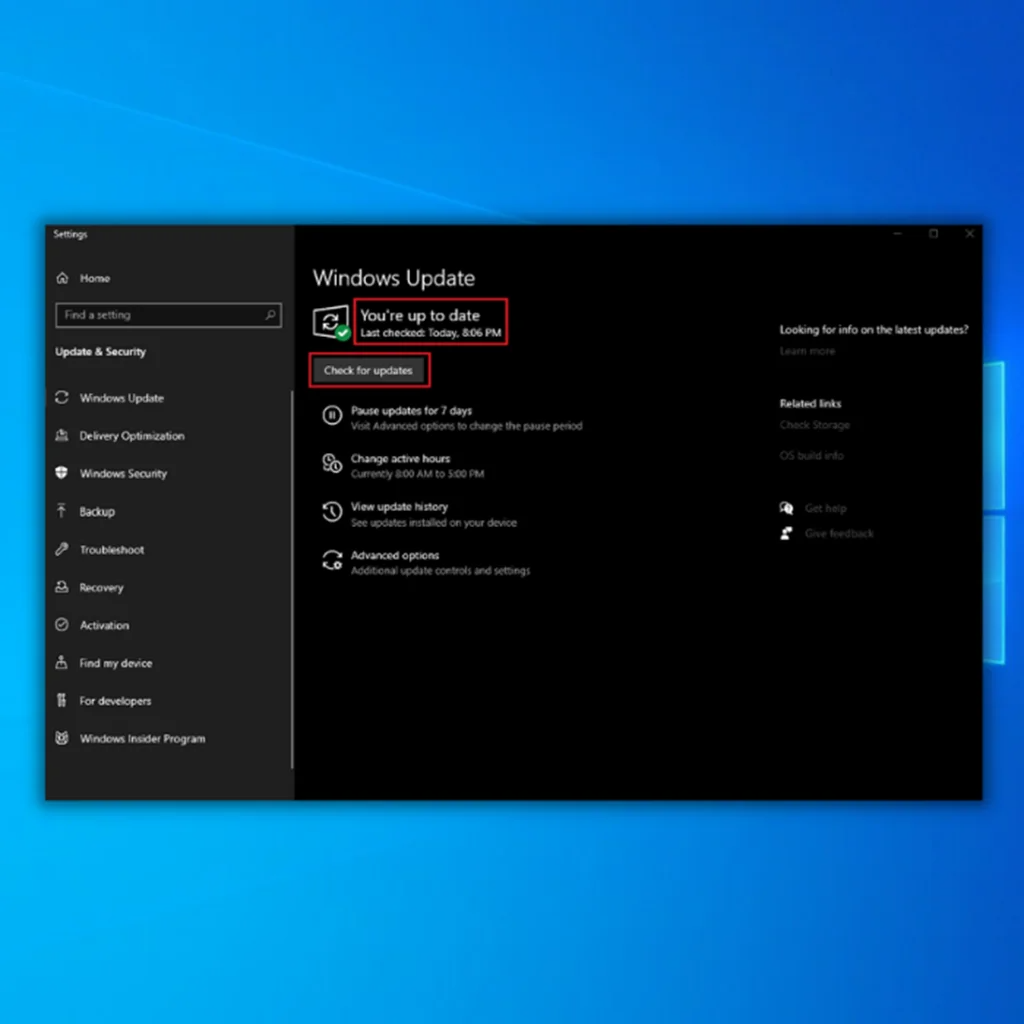
Enable AHCI Mode Value in BIOS
Used as a standard, this AHCI (Advanced host controller interface) enables the fast performance of the device. In this context, if you are getting an error, i.e., inaccessible boot device and unable to access the data from the bootable media. Enabling the AHC mode value in BIOS can help to fix the error. Here are the steps to follow:
Step 1: Start the process by restart your device from power options and entering the BIOS by clicking the F2 function key.
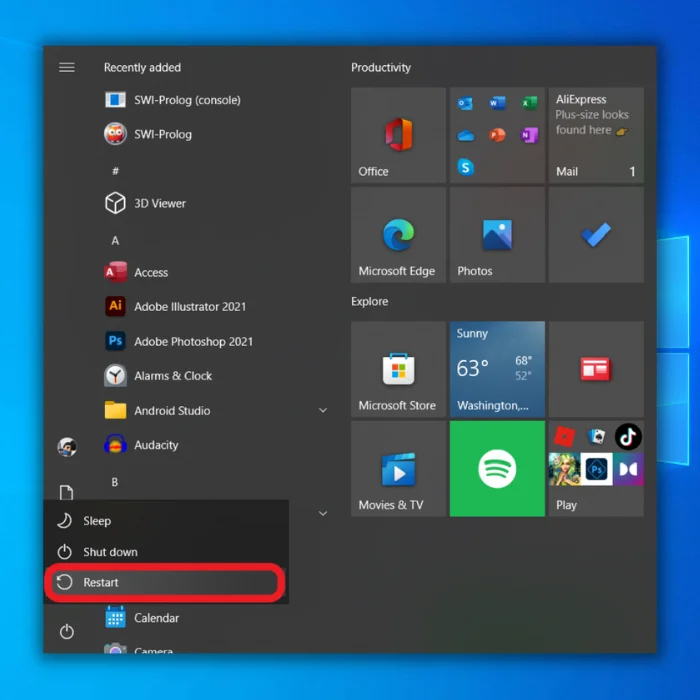

Step 2: In the BIOS window, click the troubleshoot option, followed by the advanced option.
Step 3: In the advanced options window, navigate to the set AHCI mode and toggle it enable. Restart the device to check if the error is resolved.
Recommended: Fortect System Repair Tool – Fix Errors & Speed Up Windows Automatically
Delete Update Pending Packages
Just as uninstalling the recently installed packages, removing the updated pending packages will also work for settling the BSOD error, i.e., inaccessible boot device. Using a command line tool for fixing can serve the purpose. Here are the steps to follow:
Step 1: Boot the device to launch the startup repair window. Restart the device and follow the boot procedure. Window startup can be reached via the update and security option in windows settings. In the update and security window, select recovery, followed by clicking restart now.

Step 2: In the startup repair menu, click the troubleshoot, followed by selecting advanced options in troubleshoot menu.

Step 3: In the window for options of advanced options, click on the option of command prompt.

Step 4: As the command prompt window launches, type reg load HKLM\temp c:\windows\system32\config\software, reg delete “HKLM\temp\Microsoft\Windows\CurrentVersion\Component Based Servicing\SessionsPending”/v Exclusive, reg unload HKLM\temp by clicking enter after each command to complete the action. It will remove all updated pending packages. Restart the device to check if the error is resolved.
Check Corrupted Hard Drive Files
For running a check on corrupted hard drive files to fix inaccessible boot device errors, the CHKDSK scan serves the purpose. You must select the command prompt and type the command line to initiate the system file checker scan on the device. It will scan all permanent and temporary file data on the drive. Here are the steps to pursue.
Step 1: In the main menu of your device, type cmd in the taskbar’s search box to launch the command prompt. Click the option in the list and select run as administrator.

Step 2: In the command prompt, type chkdsk c: /f /r and click enter to continue. In the following line, type Y to proceed.

Step 3: Restart your device and check if the error is resolved.
Virus/Malware Scan with Windows security
As mentioned above, BSOD or inaccessible boot device error may also arise due to any virus/malware attack on the files, folders, or partition of the hard drive containing the windows (operating system).
In this context, using windows security for running a scan to detect any potential threat imposed by virus/malware on the device can help to resolve the error. Here is how you can perform the action.
Step 1: Launch settings from the windows main menu. Click the windows icon and select the settings option—double-click to launch it.
Step 2: In the settings menu, select the option of update and security.

Step 3: In the next window, select the option of windows security from the left pane. Click the option of virus and threat protection.


Step 4: In the section on current threats, click on quick scan to initiate.

RUN DISM and SFC scan in Windows 10
Using DISM and SFC (system file checker) Scans will help to locate all errors, i.e., corrupted system files, folders, malware-attacked files or folders, etc., on the device. It will also suggest appropriate quick-fix methods to resolve the issue.
If the error, i.e., inaccessible boot device, occurs due to corrupted system files or folders, then DISM and SFC scan are the best options. Here is how you can initiate the scans.
For SFC scan:
Step 1: Launch the Run utility by clicking the windows key+ R from the keyboard.
Step 2: In the run command box, type cmd to launch the command prompt by giving administrative permissions. Click Yes to proceed.

Step 3: In the command prompt, type SFC/scannow and click enter to continue.

For DISM scan:
Step 1: Launch the Run utility by using the windows key+R shortcut from the keyboard.
Step 2: In the command box, type cmd to launch the DISM command prompt with administrative permissions. Click Yes to continue the command prompt action.

Step 3: In the command prompt, type the following command and click enter to complete the action.
Dism /Online /Cleanup-Image /StartComponentCleanup, Dism /Online /Cleanup-Image /RestoreHealth

Step 4: Restart your device as the command prompt action is completed.
Uninstall Problematic Updates
Suppose any recently updated Windows-installed driver or Windows version is causing the inaccessible boot device error. In that case, the only way to deal with the error is to uninstall the problematic update. Here is how you can perform the method.
Step 1: Launch settings with shortcut keys windows key+ I.
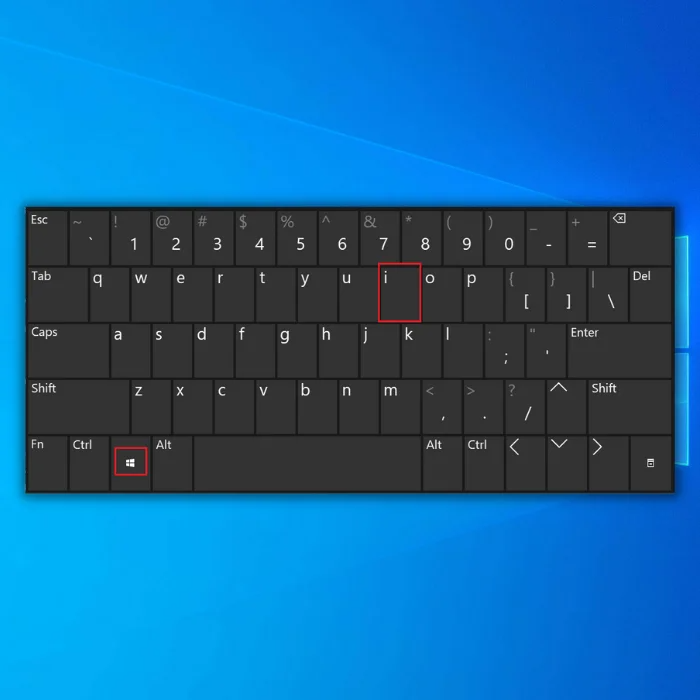
Step 2: Select the update and security option in the settings menu, then click on the windows update option in the left pane.

Step 3: Click on the option to view the update history in the windows update section.

Step 4: In the next window, select the problematic update. Click the update, followed by clicking uninstall updates. Restart the device and enter boot to check if the error is resolved.

Perform System Restore into Safe Mode when an Error Occurs
If none of those mentioned above quick fix solutions worked to resolve the error, i.e., inaccessible boot device, performing the system restore, and getting the device back to a mode where no error occurred could crack the deal. Here are the steps to follow for performing system restoration.
Step 1: In the main menu’s search bar, type system restore and launch it.

Step 2: In the system restore window, select the option of creating a restore point.
Step 3: In the next window, select the system restore option.

Step 4: Click next to complete the wizard.
Step 5: If you already have a restore point, select the appropriate restore point and click next to continue. Follow the wizard to complete the action.

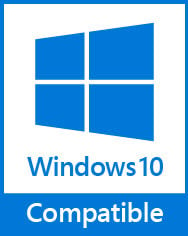
- Your machine is currently running Windows 10
- Fortect is compatible with your operating system.
Recommended: To repair Windows Errors, use this software package; Fortect System Repair. This repair tool has been proven to identify and fix these errors and other Windows problems with very high efficiency.

- 100% safe as confirmed by Norton.
- Only your system and hardware are evaluated.
Frequently Asked Questions About the Inaccessible Boot Device Error in Windows 10
What does Enabling AHCI Mode do?
When enabled, AHCI mode offers several advantages. It can help reduce latency when transferring data between two locations on a single drive or between different drives in RAID configurations. This increases overall performance by allowing the host controller to manage data transfers and prioritize specific requests intelligently.
What is an Inaccessible Boot Device Error?
An Inaccessible Boot Device error is a type of error that occurs when the computer’s operating system fails to load correctly. This is usually caused by a corrupt or missing system file or hardware or software issue. When this happens, the computer will display a message informing the user that it cannot access the boot device and will not allow the user to continue using the computer until the issue has been resolved.
Why does My Operating System Have a Blue Screen?
When a Windows OS has a blue screen error, otherwise known as the Blue Screen of Death (BSOD), it indicates that something has gone wrong with the system and needs to be fixed. The cause of this error can vary, but some of the most common causes include hardware issues, software conflicts, or corrupted system files.
What is a System Partition?
A system partition is a specific storage location on a hard drive or another storage device that stores information related to the operating system and its associated services. This partition, usually formatted with the NTFS file system, holds critical files such as the master boot record (MBR), the boot loader, and support components necessary for Windows to load and function correctly.
Do I Need a New PC after Blue Screen Errors?
To resolve a BSOD issue, it is essential first to identify the underlying cause, which can usually be ascertained through troubleshooting steps such as checking all hardware devices for damage and ensuring updated drivers are installed on your computer. It is essential to ensure proper ventilation for your computer to avoid overheating problems that could lead to hardware failure. If your system is overheating, you may need a new fan or computer.
How do I Fix an Inaccessible Boot Device Error?
There are several methods available for troubleshooting the inaccessible boot error depending on what caused it in the first place – these include running diagnostic tools from within Windows itself or using recovery options like Last Known Good Configuration (LKGC) and Safe Mode with Networking; however, if these fail then you may need to resort to reinstalling Windows altogether to fix it properly.




